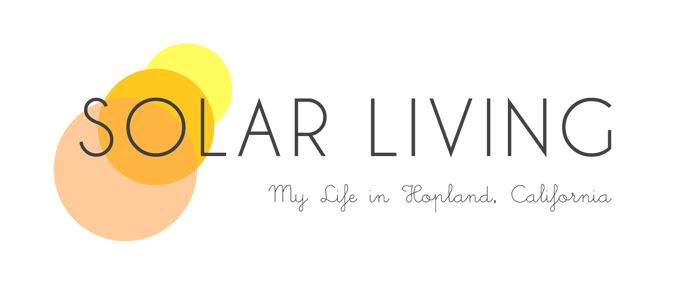







After months of planning and anticipating, the Solar Living Institute kicked off its 14th annual SolFest last weekend in Ukiah, California. As part of my overall contribution to SolFest, I was responsible for organizing a fundraiser with Environmental Advocate and Business Leader Robert F. Kennedy Jr. in support of the Solar Living Institute’s educational programming. Kennedy was named one of TIME Magazine’s “Heroes of the Planet” for his success in helping Riverkeeper lead the fight to restore the Hudson River, and was an early advocate for the benefits of solar energy and greater conservation efforts. He currently serves as senior attorney for the Natural Resources Defense Council, chief prosecuting attorney for the Hudson Riverkeeper, and is a partner in the clean tech work of Silicon Valley’s VantagePoint Ventures.
The fundraiser was held at Parducci Wine Cellars, America’s first carbon-neutral winery – and one of the first organic/biodynamic wineries in Mendocino County. After Kennedy’s speech at SolFest, he joined us at the winery for a reception, book signing, and performance by a local a cappella singing group. It was amazing to meet so many dedicated people in the local community and beyond who’ve made important contributions to expanding and promoting the use of renewable energy. I was particularly inspired by a few local trailblazers:
- Parducci Owners Paul Dolan and Tim Thornhill are pioneers in the art of organic and biodynamic wine making. Their dedication to sustainable winegrowing practices has had a huge impact on Mendocino County’s reputation as a sustainable winegrowing hub. Through their commitment to responsible land stewardship, sustainable viticulture and green business practices, Parducci Wine Cellars is now regarded as the nation’s greenest winery and the first carbon-neutral winery in America.
- Solar Living Institute Founder John Schaeffer is a pioneer in the North American solar industry. John’s company Real Goods Solar, which he founded 32 years ago, has installed more rooftop solar than any other company in the United States with over 6000 homes solarized.
- Yokayo Biofuels Founder and Owner Kumar Plocher guided his company from its inception in 2001 to its current existence as a biodiesel producer and distributor that makes fuel from recycled restaurant fryer oil. Kumar represents sustainability-minded small-scale producers and distributors focused on local/regional resource management and a decentralized energy model.
- Hollywood Actor and Environmental Activist Ed Begley Jr. has been an environmental leader in the Hollywood community for years, in addition to rocking out as a mainstay in all of my favorite Christopher Guest films. He currently has a reality show about green living called Living With Ed on Planet Green.
Thank you to everyone who helped to make this event a huge success!























